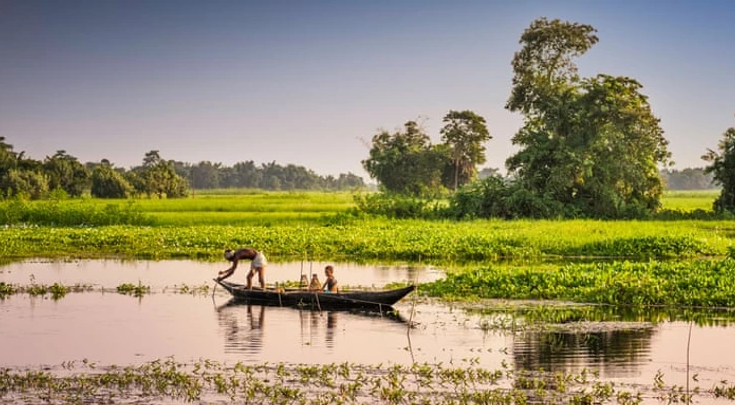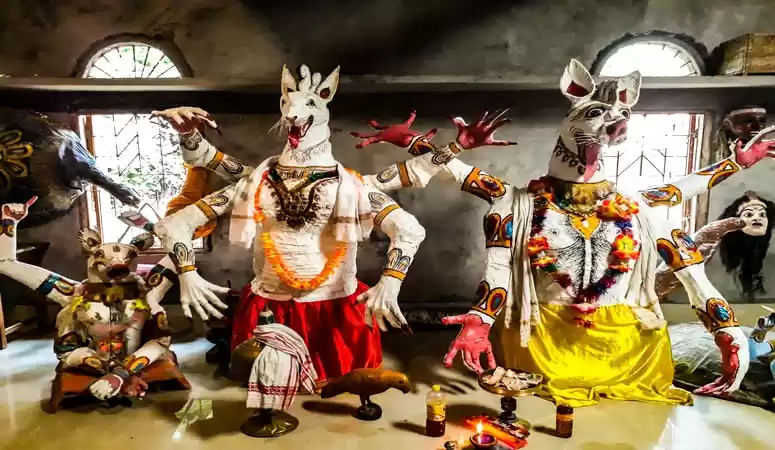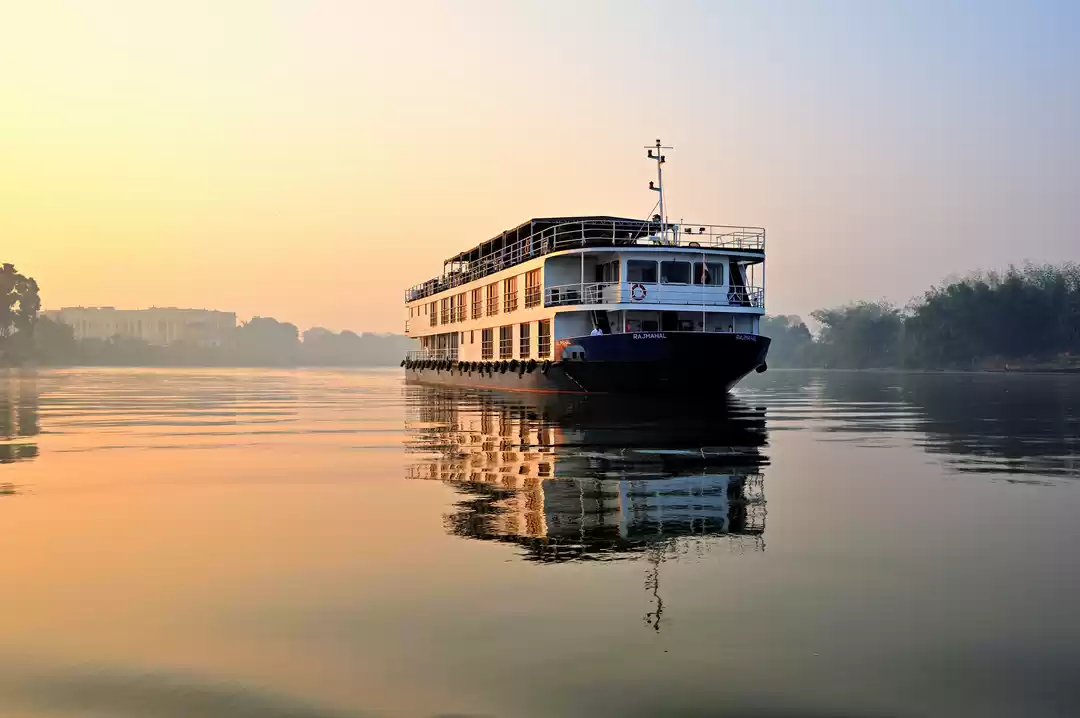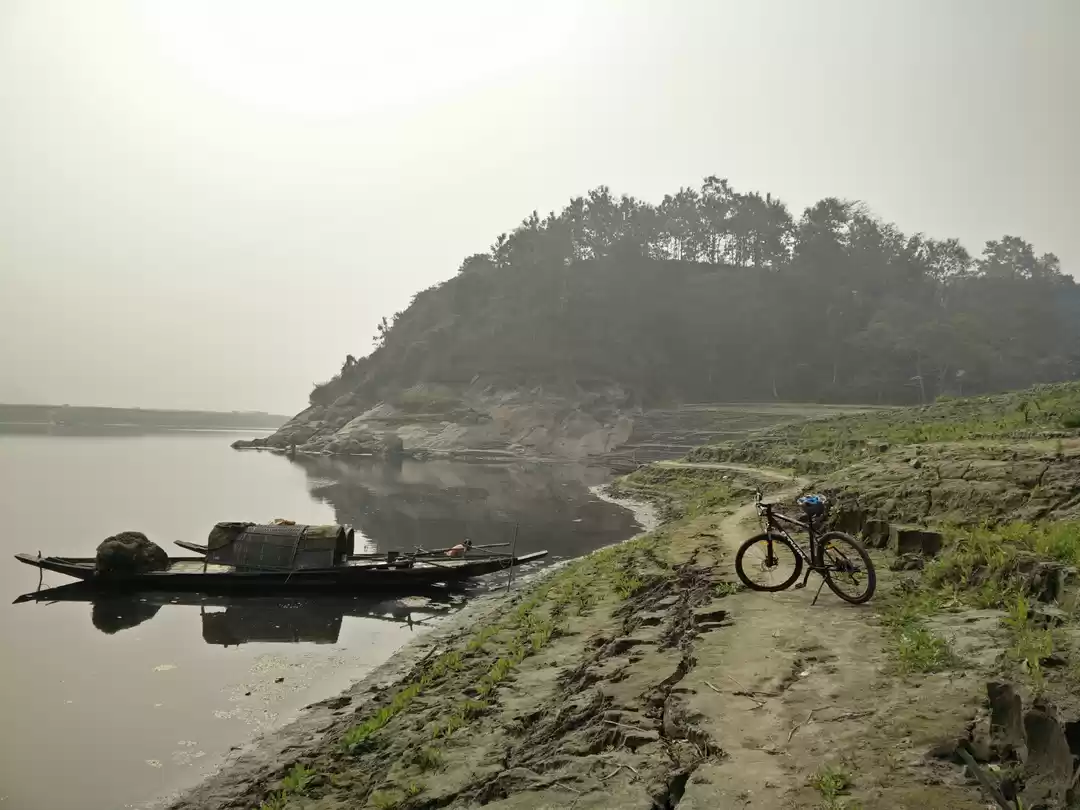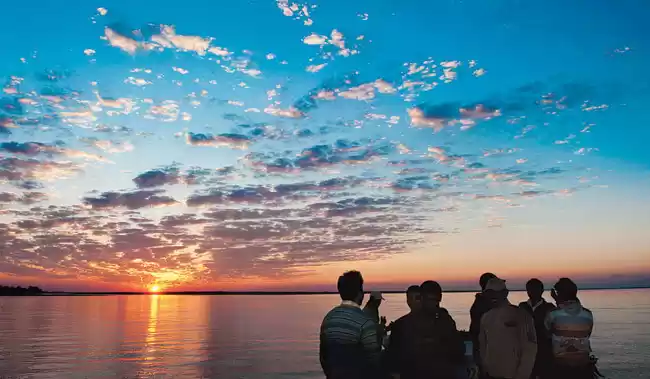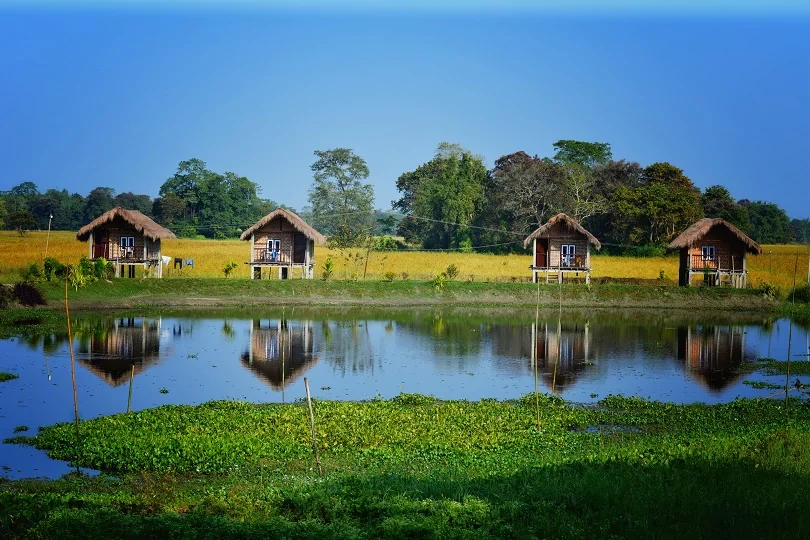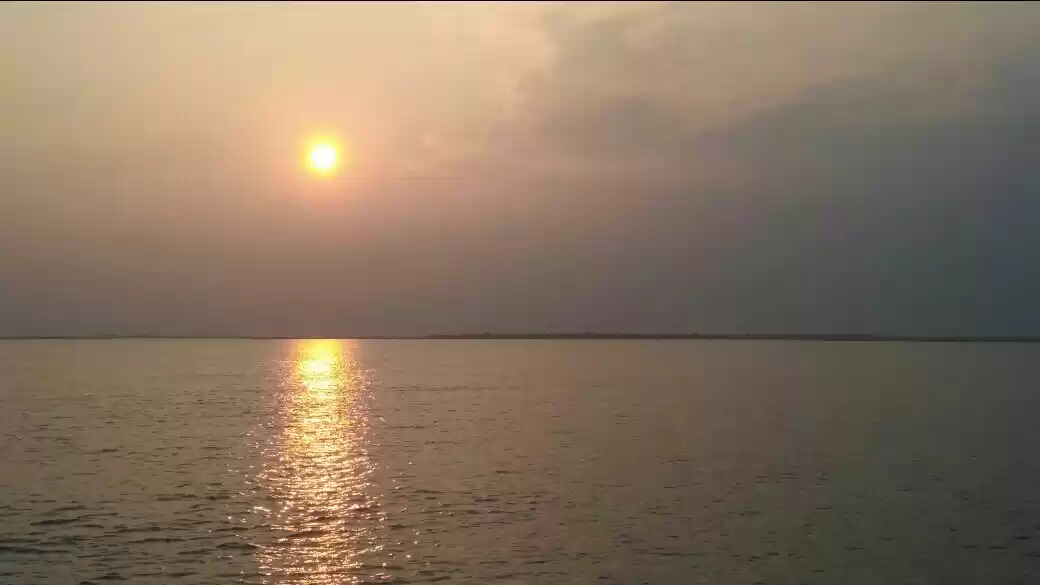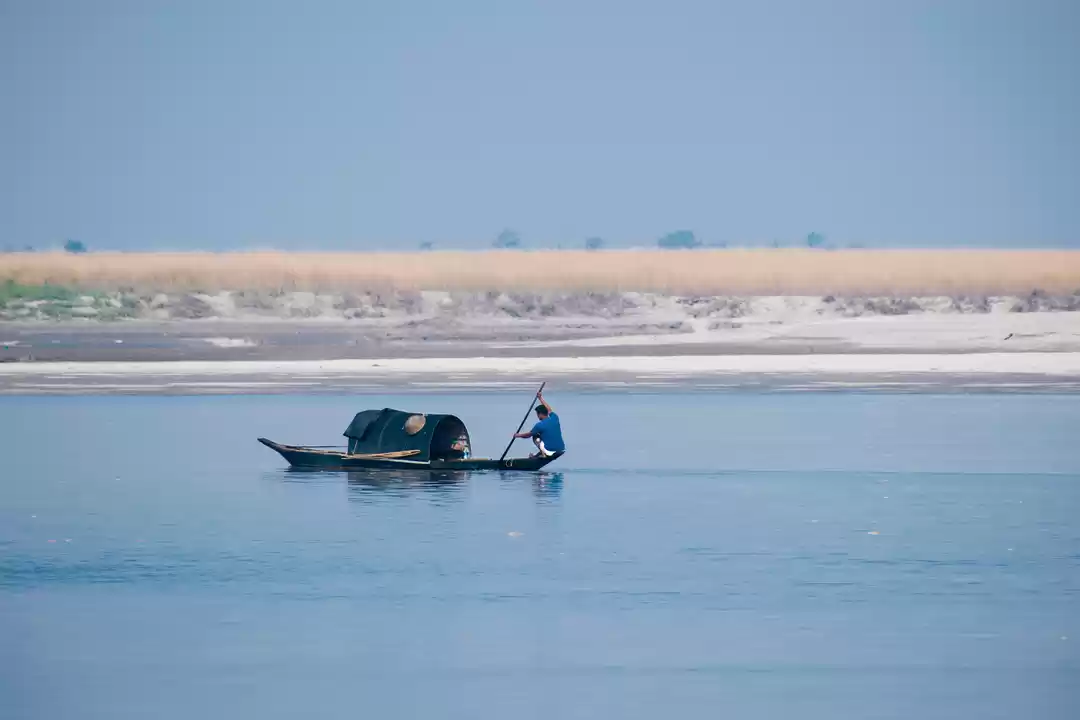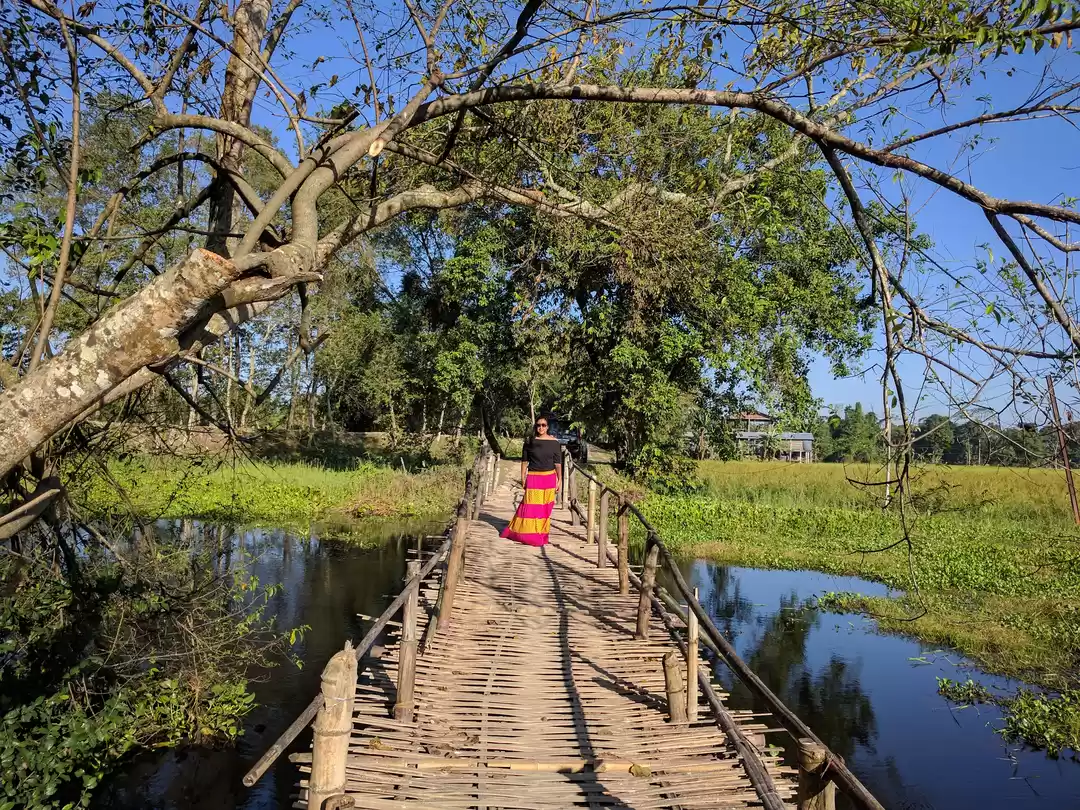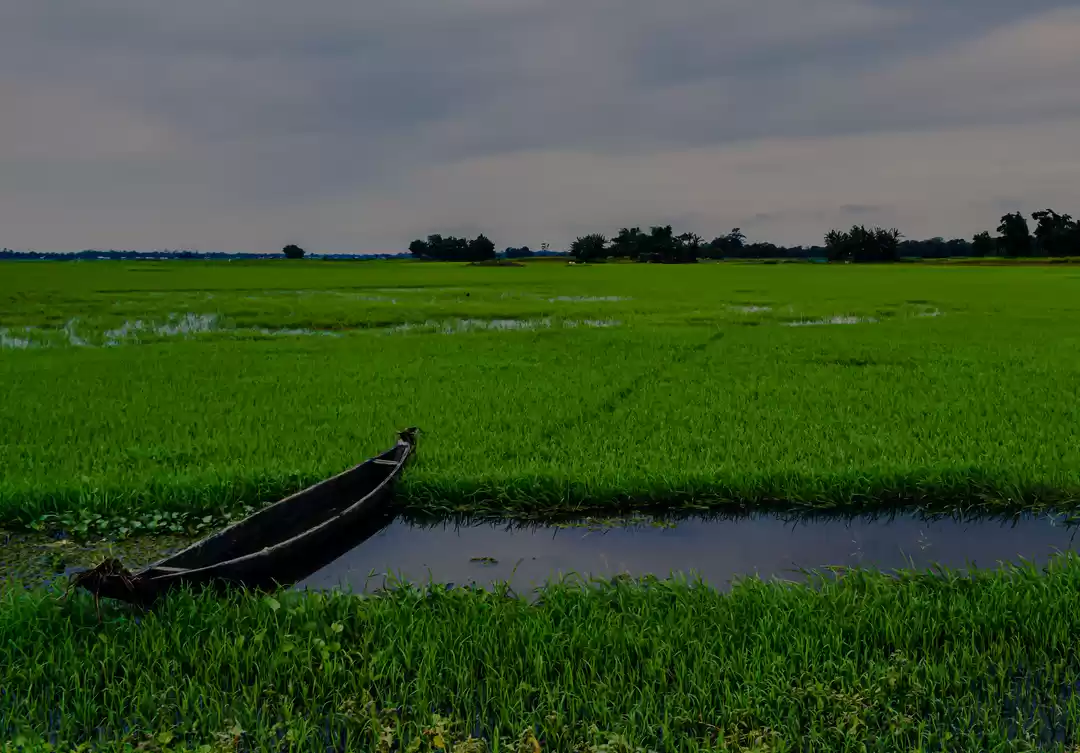
With the constantly changing climatic conditions and environment, we usually fear that the things which we get to experience today, our next generation might not. And one such thing is Majuli Island, a paradise disappearing in the lap of the Brahmaputra day by day. As if, the island originated from the river and the river wants it back gradually. While Majuli is known for its culture and craft, it is a hub of Assamese neo-Vaishnavite culture, initiated around 15th century by the revered Assamese saint Sankardeva and his disciple Madhavdeva. Many Satras or monasteries constructed by the saint still survive and represent the colorful Assamese culture. The people survive here on weaving, pottery, agriculture and fishing. The traveler within me wanted this place to remain untouched and the human within me wanted these people to get a chance to improve their social life where they have at least basic facilities of education, medical and employment. It is the place which should be on top of your travel list to feel the rawness, untouched nature and warmth of people. So ditch the crowded hill station and sail to Majuli with your loved ones.
Why you should visit Majuli!
- To know about Satras-
Satras were initiated by saint Srimanta Sankardeva and his disciple Madhavdeva. Many Satras constructed by the saint still survive and represent the colorful Assamese culture. The children start following the Satra culture when they are very young, from the age of 4-5 years. Their parents decide if this is best for their children to leave home and live in the cultural hub. But the they have the freedom to decide on their own if they continue to follow those strict rules or be the part of outer society which has thousand number of unsaid rules. Discover the untold stories of Satras and spend time with the little dancing monks.

To see the beautiful landscapes
Being in Majuli, is like being in a vivid dream where you find everything is just so perfect. The little huts standing on the fours bamboos, the never ending smiles , the picture perfect landscapes and a vast river front. Feel free to sepnd a day near the river under the shade of trees, or in the huts near the paddy fields. Catch fish with locales or cycle in the narrow lanes to get lost in this island.

- A paradise for Bird watchers
Majuli is a paradise for nature lovers. The wetlands house migratory birds during winter, with bird watching a popular past time between November and March. Birds that can be seen here include pelicans, storks, Siberian cranes and whistling teals. There are also plenty of wild geese and ducks traversing the roads and wetlands. There are three main areas for bird watching on the island; the southeast, the southwest and the northern tip of the island.

- Magical sunrise and sunsets
Be ready to witness the most gorgeous sunset and sunrise ever. The silhouettes are stunning with fishing nets, boats, fisher men and more to make it a picture perfect. The dried river front gives the impression of beaches.The sunsets do have some unsual healing power for the tiring soul. And strange enough that in such a remote place, you would find travelers from around the world.

- Culture
Majuli has a rich, deep rooted culture and the best time to exhibit is at the time of festivals. The major festivals are Majuli mahotasav in January and Ras mahotsav in November. Expect t the colorful dance and sumptuous food n you happen to be there during festival time.

How to reach Majuli
Nearest airports: Jorhat Airport at Rowriah on the south and Lilabari Airport at North Lakhimpur on the north.
Nearest railway stations: Mariani, Jorhat, North Lakhimpur.
Nearest bus stations: Assam State Transport Corporation (ASTC) station at Jorhat, ASTC station at North Lakhimpur, Public Bus-stand at Jorhat, Public Bus-stand at North Lakhimpur arid Public Bus-stand at Dhakuakhona.
From Jorhat to Majuli:-
- From Rowriah to Jorhat Public Bus-stand: By bus/autorickshaw/taxi.
Distance : 3 km - From Mariani to Jorhat: by train/bus/taxi/autorickshaw.
Distance: 17 km - From Jorhat to Nimatighat: by bus/autoickshow/taxi.
Distance:13 km
From Nimatighat, one can avail ferry services to reach Majuli.
- From Nimatighat to Kamalabarighat At every two hour from 08:30 am to 4:30 PM
Where to stay in Majuli:
- There are limited options to stay but whatever are the options-
Located in the by-lane of a small village in India’s largest river island, Majuli, staying in the eco-friendly property of La Maison de Ananda is definitely the best way to experience local culture and hospitality. Constructed by a French couple, Jim Chauvin and Maka Korbaa in 2005, it is now looked after by the head caretaker Monjit Risong, who lives next door with his family, and a small, affable staff.
monjitrisong@yahoo.com , +919957186356; From 300 per person; a cottage for 800. Go for cottage as it is more luxury on a meager amount
The best time to visit
Majuli is to coincide with the rasleela, at the time of the full moon in the month of Kartik (November); but Majuli can be visited all year around. During the rainy season much of the island is flooded, but ironically, it makes getting around (by boat) easier. I would still suggest to avoid rainy season. October- January is the best time as the weather is much cooler.
You may find more related articles and pictures on datravelography.com







